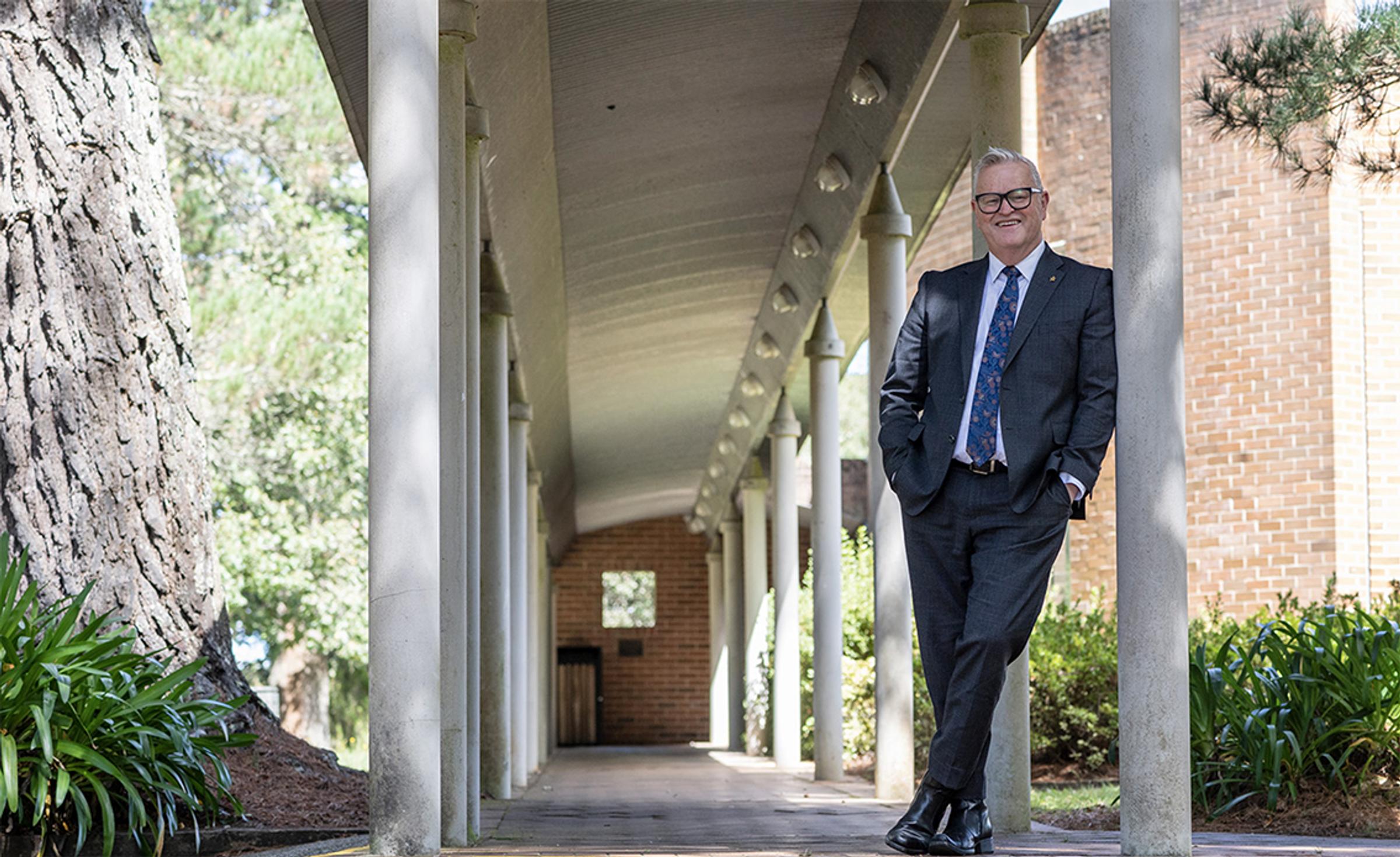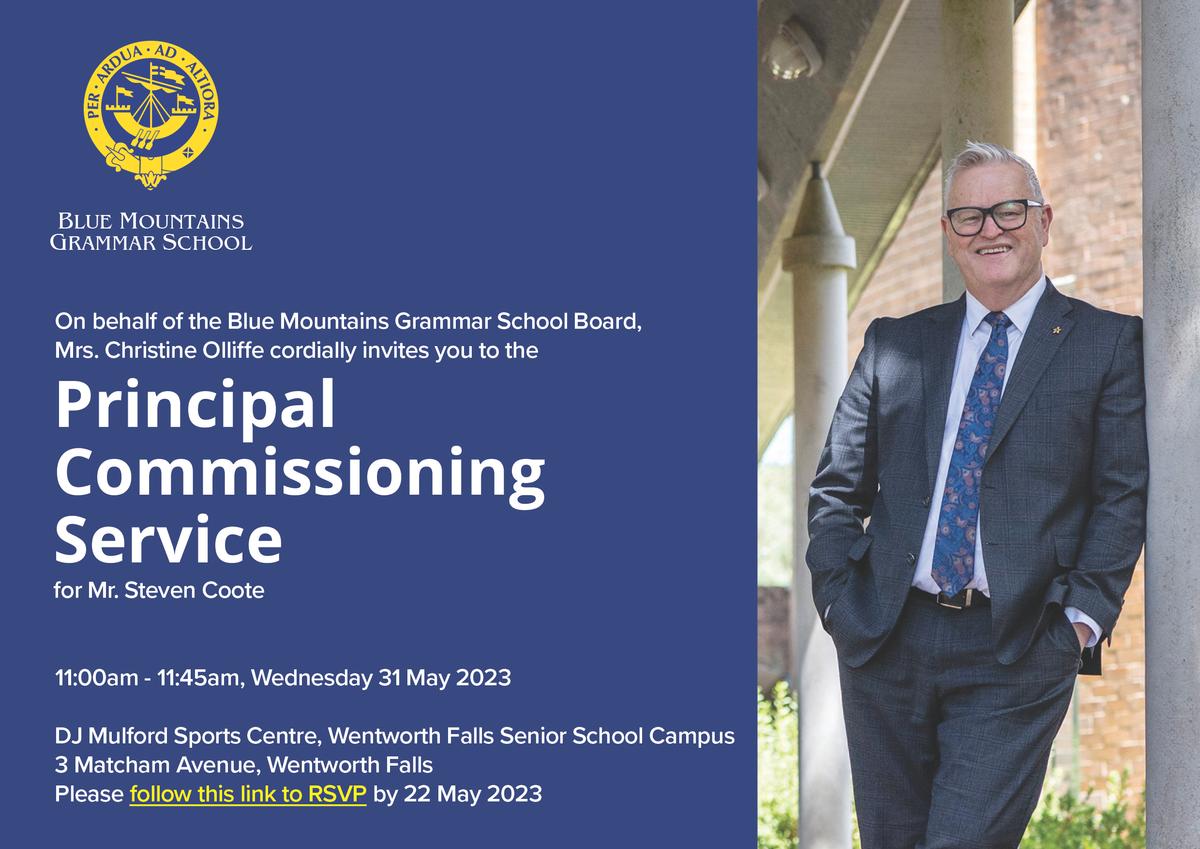From the Principal

Creating a sense of place for our young people
Imagine the school you attended was a work of art. What art movement would it have represented?
Would it be a masterpiece? Hyperrealism? Surrealism? Impressionism? Graffiti? Pre Raphaelite?
I am sure that in most cases, it would be based on cubism, block upon block of rectangular rooms of varying proportions clad in all building materials known to mankind.
The working class of the early industrial era endured many hardships, and because of this, education was rarely considered anything but an unachievable extravagance. There are many differences between what we see in schools today, but sometimes there are some glaring similarities that we need to challenge as adults with an eye out for our young people. Schools were designed simply for the functional production of workers, and in fact, they were perfectly constructed spaces given the history known as the industrial era.
But what we have available today in the way of building materials and architectural 'know-how' is staggering. As such, we see some outstanding designs for learning spaces focused purely on student and teacher experience – and we are better for them as a community.
Sugata Mitra, a TED Prize winner (2013), traces most Western schools' origins back to the Victorians (the British ones that are) "At the zenith of the British Empire, Victorians assembled an education system to mass-produce workers with identical skills. Plucked from the classroom and plugged instantly into the system, citizens were churned through an educational factory engineered for maximum productivity."
Like most things designed by the Victorians, it was a robust system. It worked. In a sense, schools manufactured generations of workers for an industrial age." [1]
These were taught in industrial cubes, with flat curriculums and perennially dreary workspaces.
We have all attended or visited schools that are simply unattractive. They are functional square buildings with no natural aesthetic except teaching boxes, otherwise known as classrooms, and most are devoid of character. In their creativity, teachers adorn them with posters, plants and some colour, but the fundamental nature of these spaces poses a genuine challenge.
Of course, we cannot knock all of these buildings down and rebuild new ones - this would be environmentally irresponsible, and the fiscal barriers make it impossible.
So what can we do in schools? As we step toward a future school model, we will experiment, with student input, with what we might do to soften the hard plastic chairs, brighten the dark corners, and reduce the ambient noise that bounces off hard surfaces.
As always, asking students produces some worthwhile suggestions. So far, students have imagined the following:
- Paint the walls white, with bright orange doors; have a rotating selection of framed student work;
- Put legs on old whiteboards and create collaborative spaces of table tops.
- Buy new curtains and some comfortable furniture, and play quiet music that regulates brainwaves
- Get some natural plants, not fake ones.
Sugata Mitra says, "But what got us here won't get us there. Schools today are the product of a bygone age; standardised curricula, outdated pedagogy, and cookie cutter assessments are relics of an earlier time." [2] With this in mind and a constant source of conversation among our staff, we have been researching alternative models of assessment which provide metrics that align with those required for success in the knowledge era. Over the coming weeks, we will share some exciting partnerships and research projects that address this challenge for schools.
So at BMGS, we will commit to researching and responding to provide learning spaces that lift students up, inspire their imaginations and encourage them to excellence.
I encourage all the schools that I work with to turn the walls in their school into a learning journey, a display of all the learning that has taken place in their classrooms. I do this because beauty and learning should greet you daily at school.
At the Ron Clark Academy, housed in a renovated red brick warehouse in southeast Atlanta, Georgia, everyone enters down a two-story blue, curved plastic slide. It is a symbolic gesture to warn everyone in this school that this school is different. It is unlikely that BMGS will invest in such a slide soon, but the immediate expectation of fun sends a message to students that these spaces are for them.
We, as educators and parents, have an exciting opportunity to take this challenge and think of possibilities that engage young people to be contributors to their own success at school.
[1] Mitra, Sugata. We Need Schools... Not Factories, The Huffington Post, TED Weekends: TED Prize 2013: A Wish To Inspire The World (Posted 27 Feb 2013, http://www.huffingtonpost.com/sugata-mitra/2013-ted-prize_b_2767598.html)
[2] ibid.
Mr Steven Coote
Principal
You're Invited
Parents are warmly invited to attend the Commissioning of Mr Steven Coote as our Principal. Please follow this link to RSVP by 22nd May, 2023.
